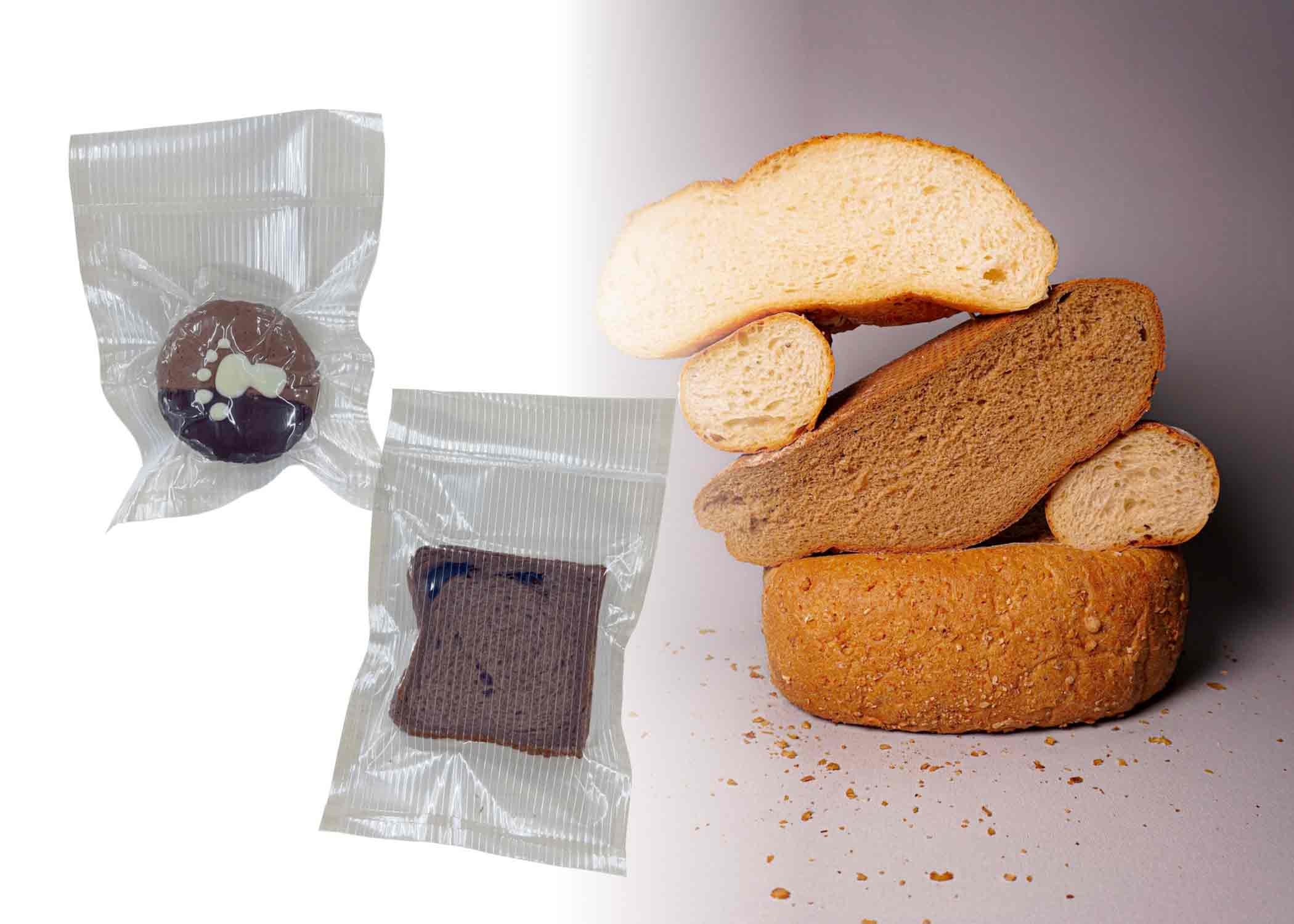Sealing length: 35cm.
High vacuum degrees.
Suitable for packing products: meat, seafood, liquid and powder.
.jpg)
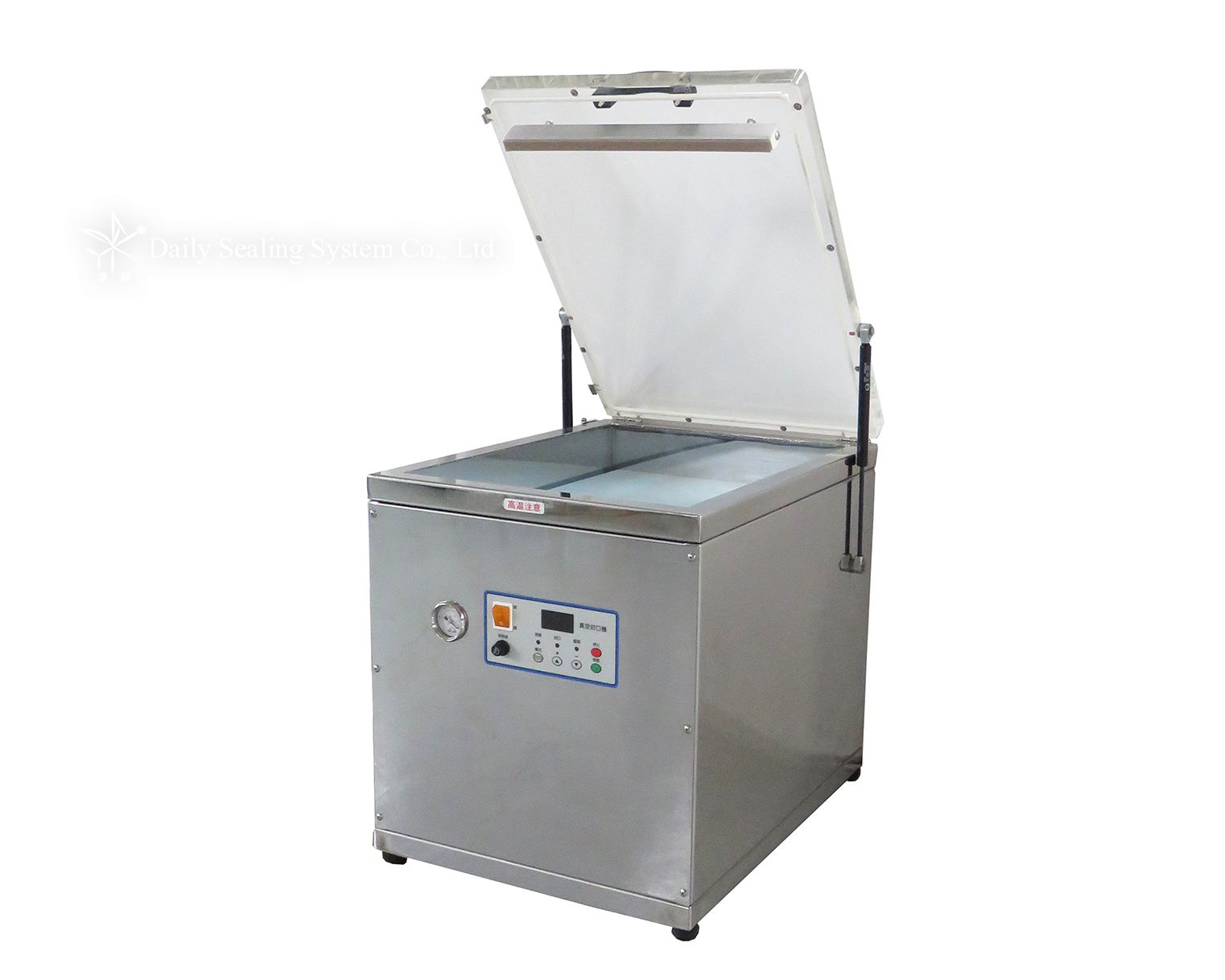
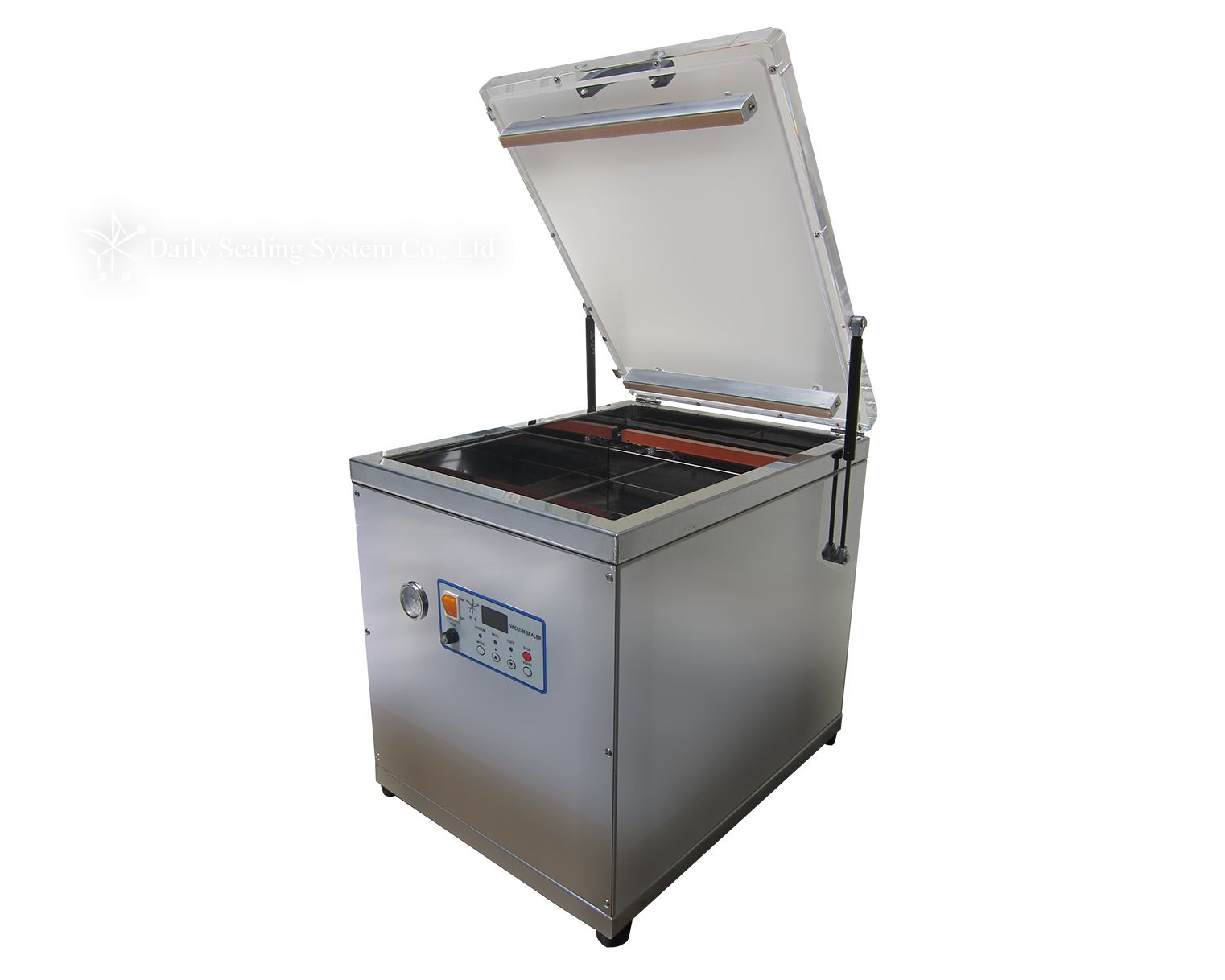
.jpg)
.jpg)
Oil type chamber vacuum sealer:
• Oil type chamber vacuum sealer made in Taiwan.
• Stainless steel outer casing, rustproof, solid and heavy-duty, health and hygiene to be used.
• High sealing quality, and can be performed by industry for professional vacuum and seal widely.
• Can adjust the vacuum time, sealing time and cooling time separately, which depends on the article size and bagmaterial.
• This machine keeps food fresh longer and keeps the precious articles from humidity after vacuum and sealing.
• Available for any kinds of vacuum sealer bags.
• Oil-less chamber vacuum sealer (DVB-355A) can be chose.
| Model No. | DVB-355B |
|---|---|
| Voltage/Ampere | 110V / 6.6A, 220V / 3.1A |
| Power | 730W(110V),700W(220V) |
| Vacuum capacity | 29.5” hg |
| Max.sealing | 350.0 x 5.0 mm |
| Vacuum time | 0.0–99.0 sec. |
| Sealing time | 0.0–6.0 sec. |
| Cooling time | 0.0–10.0 sec. |
| Machine weight | 60.00 kgs |
| Machine size | 580 x 471 x 566 mm |
| Pump type | Oil type |
| Chamber size | 350 x 450 x 120 mm |
Oil type chamber vacuum sealer:
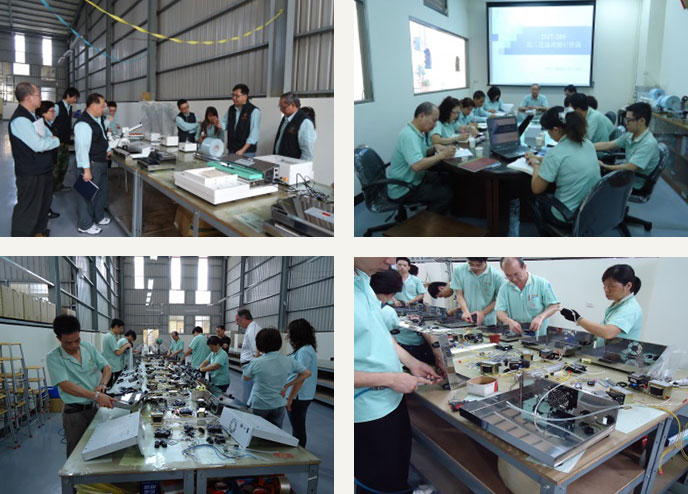
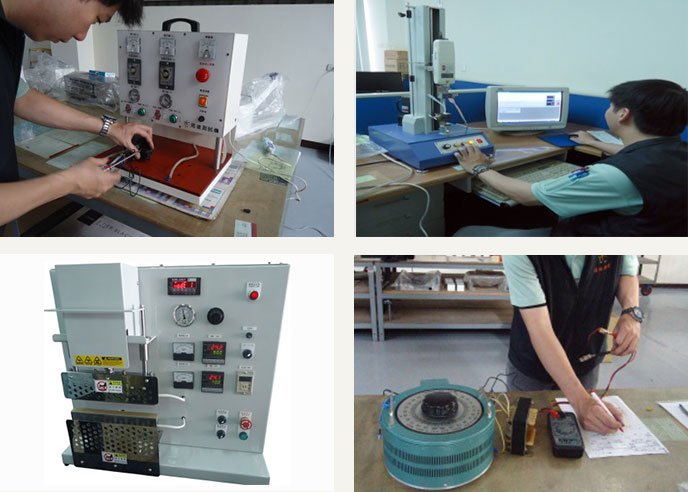
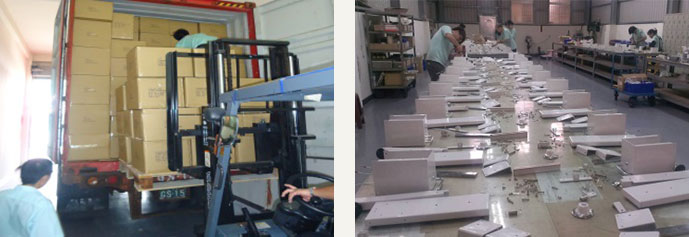
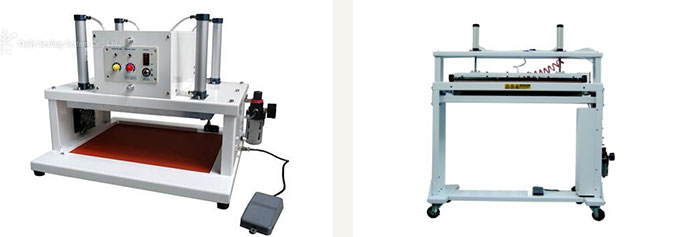
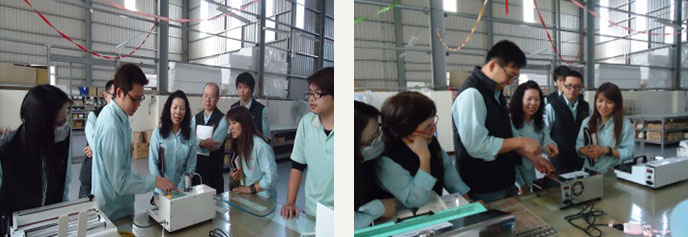
.png)

